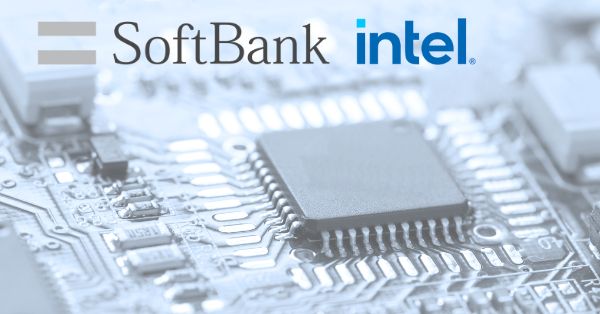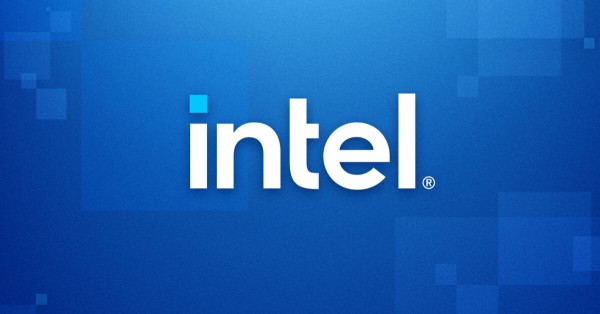- Usecase
- August 24, 2025
- Hema Kadia
Boldyn Networks and Virgin Media O2 have launched the UK’s first full RAN managed 5G service at Sunderland’s Stadium of Light. Powered by JMA XRAN® and a neutral host architecture, the deployment transforms fan experience, reduces energy use by 60%, and boosts operational safety and efficiency—setting a new benchmark for smart stadiums across the UK.

































